The public’s ire over river pollution may be directed at the water companies, but how long before it turns to agricultural businesses, the biggest polluters?
Britain’s waterways are flooded with poo. A lot of it. “Every single river in England today is polluted,” environment secretary Steve Reed said in July. Hence the outraged tabloids, politicians wanting water bosses jailed, and the strange sight of Ed Davey campaigning for the general election from a paddleboard on Lake Windermere.
But while much of the focus is trained on the water companies churning out human waste, in truth, it’s Britain’s food system that’s causing most damage.
Figures published by Defra in 2021 found agricultural pollution had affected 40% of Britain’s waterways, while 36% were damaged through untreated sewage. And time is running out for the sector to fix the problem.
Intensive farming is one of the main culprits behind Defra’s figure. That’s because thousands of animals are often concentrated in single river catchment areas. More animals means more poo, and when farms don’t have adequate facilities to deal with it, that means more pollution pouring into local rivers.
A huge expansion of chicken farming along the River Wye, for example, has led to the river becoming a “wildlife death trap”, according to campaigners.
More from The Green Issue:
-
The battle for the soul of extended producer responsibility
-
Wrap’s Sebastian Munden on sustainability’s ‘competitive advantage’
-
Is genetic crop engineering the key to climate-resilient agriculture?
-
How Company Shop was turned around
Meanwhile, Lough Neagh in Northern Ireland – the source of 40% of the country’s drinking water – saw an unprecedented bloom of highly toxic blue-green algae last year, heavily linked to agriculture. It’s no coincidence Northern Ireland has the highest stocking density of livestock in the UK.
The problem stems not from farmers, but supermarkets and big agribusinesses, say campaigners. They argue ever-increasing pricing pressures have pushed farmers to boost livestock numbers, spread more chemical fertilisers to boost crop yields, and remove hedgerows to make larger fields. That’s all without the financial rewards needed to invest in infrastructure for dealing with the ensuing waste.
The farming union also cites market failures as a factor behind lack of proper manure management. “The markets don’t respect the need for investment in the environment,” says Paul Tompkins, chair of the NFU dairy board.
This inability to deal with waste affects farms big and small. Most UK dairy farms have been found in breach of pollution rules, according to data released under freedom of information laws this year.
The worst affected rivers
River Wye
The River Wye has become ground zero in the fight over agricultural river pollution after a huge rise in local chicken farming. Last year, the Wye’s health was downgraded by Natural England from “unfavourable-improving” to “unfavourable-declining”, meaning its condition is poor and getting worse. Studies by Lancaster University have shown as much as 70% of the phosphate in the River Wye catchment comes from agriculture.
River Severn
Could the Severn be next? An outcry over the plight of the Wye has led to a pause on new intensive poultry units in the catchment, yet campaigners warn the threat is simply being transported over into the Severn. River Action is therefore backing a judicial review of the decision by Shropshire council to approve four units to house 230,000 birds in the Severn catchment.
Lough Neagh
Lough Neagh is the UK’s largest lake, supplying more than 40% of Northern Ireland’s drinking water. Yet it is now in crisis, with agriculture accounting for 62% of the lough’s phosphorous inputs. In July, the Stormont Executive agreed a range of farm support measures to reduce pollution such as real-time water monitoring and buffer zones around river banks – but 17 of the 37 measures weren’t passed because of the DUP reportedly blocking the “most controversial” actions.
River Usk
The River Usk in Wales is a Site of Special Scientific Interest, a Special Area of Conservation, and once home to an abundance of salmon and trout. Yet in 2021, it was found to have the highest phosphate pollution in all of the Welsh rivers, a product of fertiliser run-off from agriculture and human and animal waste. It remains in decline.
River Axe
In 2015, campaigners took the government to court for failing to tackle pollution on the Axe, a river designated by the European Union as a Natura 2000 wildlife site and a Special Area of Conservation. The Environment Agency admitted that “very little” regulatory activity had taken place to ensure farmers followed rules over water, and has since worked with farmers to cut down agricultural pollution.
The data showed 69% of the 2,475 English dairy farms inspected by the Environment Agency (EA) in 2020 and 2021 had broken anti-pollution regulations – and this figure rose to 80% in Wales.
It’s on the big farms, however, where the problem is most stark. The 10 biggest agribusinesses in the UK produce twice as much excrement as the country’s 10 biggest cities, according to recent analysis by food campaigners Sustain, which concluded none of the companies had adequate policies in place to prevent pollution leeching into waterways.
One of them, Avara Foods, is now being sued over its alleged links to pollution in the River Wye. Solicitors Leigh Day say Avara should pay for the clean-up and offer compensation to the thousands of people affected. For its part, Avara insists all manure from its suppliers has been removed and there is no case to answer.

Arguably, the involvement of lawyers points to a failure on a regulatory level. In the UK, the water watchdog is under fire, too. In 2018, the UK government introduced the Farming Rules for Water to curb agricultural pollution, and dictate how and when farmers can apply manure and other fertilisers – a remit enforced by the Environment Agency.
However, figures released under freedom of information laws last year showed the EA only inspects about 2% of England’s farms a year to check compliance, and when it does, rarely imposes penalties or fines.
Like the farming sector, it blames lack of funding for its predicament. In 2021, Emma Howard Boyd, then chair of the EA, wrote to then environment secretary George Eustice saying: “Over the last few years the drop in grant has forced us to reduce or stop work.”
Whatever the reason, the consensus is that enforcement of the rules is a problem. “All the necessary regulations are in place, but they’re systematically not being enforced,” says Charles Watson, founder and chair of campaign group River Action.
On that basis, River Action took the EA to court this year. It argued the regulator had acted unlawfully by deliberately ignoring the water rules due to pressure from farmers – a claim rejected by the EA.
The court ruled in the EA’s favour, citing its recent improvements to the Farming Rules for Water. It also said the agency was not required to pursue sanctions against farmers for every breach.
The EA is nonetheless upping its game. Alan Lovell, its chair, told farmers at the NFU Conference this year the regulator had “significantly increased” its inspections.
“We had a target of 4,000 in the year 2022/23 – we did that, and we’ll be a bit above that this year,” he said.
Not that regulation is the only factor. There is also a shortfall in certification schemes designed to guarantee environmental protection. Red Tractor is the go-to scheme for meat and dairy in the UK, yet it has struggled to make any difference to farming’s environmental footprint.
In fact, farms certified by Red Tractor are more likely to be polluting the environment than those that aren’t, according to an internal EA report seen by The Times last year, which found 26% of Red Tractor farms did not comply with environment regulations compared with 19% of farms that aren’t members.
Red Tractor planned to introduce a new environment scheme this year, but the move was nixed in the face of a farmer backlash.
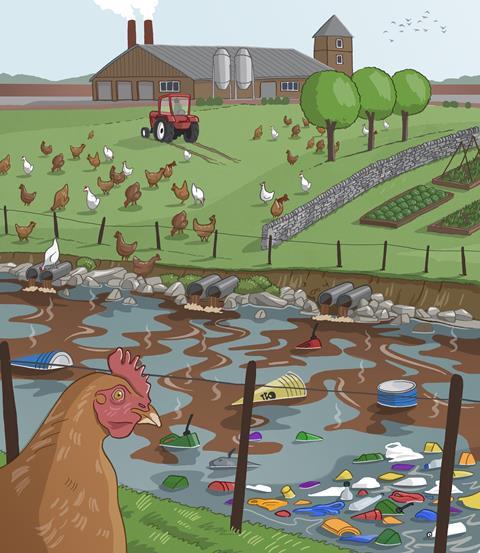
Extra funds
Given all the above, it’s fair to say the causes of agricultural river pollution are somewhat entrenched in the food system’s market dynamics. Yet positive steps are underway to try and fix the problem.
Dairy co-operative Arla is the single biggest farming polluter in the UK, pumping out 900 tonnes of waste every hour, according to analysis by Sustain. It’s now looking to improve that record.
Last year, it kicked off an initiative to encourage farming methods that lower carbon emissions and better protect nature. The scheme awards points across 19 initiatives that include spreading fertiliser efficiently, delivering manure to biogas production, and having healthier cows with a longer lifespan.
Although no farms are expected to reach the maximum – 80 points – the current average is 53. Farmers are opting for activities that make most sense on their sites, says Paul Dover, Arla’s UK agricultural director.
Importantly, there are financial rewards. Farms can earn up to 2p extra per kilo of milk for each point. That’s driven a rise Arla’s monthly milk price – suggesting if a farmer is not taking part, they are likely receiving a lower price.
Campaigners have cautiously welcomed the move. “We applaud Arla,” says Watson at River Action. But he has a vital caveat: “Unless the retailers get involved, this will not take off.”
40%
of Britain’s waterways affected by agricultural pollution
80%
of Welsh dairy farms are breaching anti-pollution laws
2%
of farms inspected each year to check compliance
900 tonnes
of manure produced each hour by Arla
On a positive note, supermarkets are beginning to show some interest. Aldi and Morrisons have invested in Arla’s programme, backing research into sustainability projects in return for on-farm CO2 data that supermarkets can use for Scope 3 climate reporting.
Still, other campaigners insist more fundamental change is needed. Sustain’s report has highlighted Arla’s lack of policies for tackling pollution – specifically a lack of timelines and gaps on how it will prevent manure sent off-site from polluting watercourses.
“Arla are doing a lot of good work, but they’re still producing more waste than anyone,” says Sam Hayward, campaign officer at Sustain.
And even if Arla’s incentive is a step in the right direction, others believe more cash is needed to make wholesale change. That includes the think tank Onward, whose report last year argued farmers should be paid £85m in bonuses every year for undertaking environmental improvements to minimise pollution.
“Normally you would use the ‘polluter pays’ principle, but that won’t work with farming because you’d just end up putting them out of business and importing more food from overseas,” says Adam Hawksbee, deputy director at Onward. “What you need is to implement a complex series of reforms to support farmers’ transition to a more sustainable model.”
A crucial part of that is better funding for farmers to invest in infrastructure that responsibly disposes of manure. As it stands, financing such projects can be tricky. Banks typically lend against criteria for improving carbon footprint – a measure slurry stores struggle to meet, says Tompkins at the NFU.
Money from the government is also tough to come by, with many farmers reporting difficulty in accessing the UK’s ‘slurry infrastructure grant’.
“Government funding was very welcome, but it’s being delivered in such a manner that uptake is woefully low. So, piece that together [with difficult private finance], and we’ve got a storm that’s unfortunately creating algae blooms and fish deaths,” Tompkins says.
Planning permission
For campaigners, the short-term priority is immediately halting planning permissions of large livestock units in river catchments that are already toxic.
River Action is calling for a judicial review of a local council’s decision to grant permission for four units housing 230,000 birds in the River Severn catchment this year. Meanwhile, Sustain is backing a halt on all new intensive units in catchments where nutrient loads are exceeded.
There is a precedent for such action. Earlier this year, the Welsh government blocked Powys County Council from granting any more planning permissions to poultry farms in the River Wye catchment. A government official confirms the pause is still in place, with 12 poultry farms affected.
66%
fall in Environment Agency’s funding for enforcement from 2010 to 2020
25%
of the UK’s chicken are raised in River Wye catchment
£200m
of government funding put into the Slurry Infrastructure grant to help farmers reduce pollution
Those pushing for the halt on planning argued the council had failed to consider the combined effect of intensive poultry units on the River Wye. They say the Severn is now facing a similar threat.
“They just look at each individual planning application one by one. They’re not doing a good job of assessing the cumulative impacts,” says Alison Caffyn, a rural researcher who estimates there are now about 250 intensive poultry units and 30 million birds in the Severn’s western catchment.
One thing is for sure: Britain’s food production is proving poisonous to the nation’s rivers. And so, as positive as some of the new steps are, more radical change is clearly necessary.
As Onward pointed out in its report last year, “agriculture’s emissions have only dropped by 2% since 2010 despite almost every other sector reducing by at least a tenth. Too many farms are poor and polluting, fuelling food insecurity and environmental decline.”
For now, agriculture is presenting as the lesser of the two evils, as Britain’s water companies cop most of the public scorn. But as EA chair Lovell told the NFU Conference this year, the public pressure on water companies means they will have to improve sooner or later. “That just increases the urgency…to make absolutely sure that agriculture also comes down dramatically, because otherwise it really will show up.”



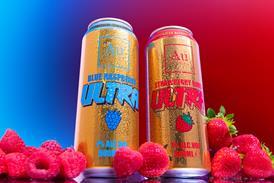


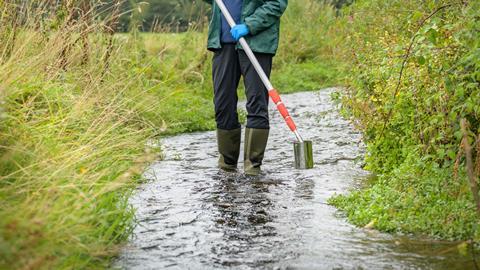

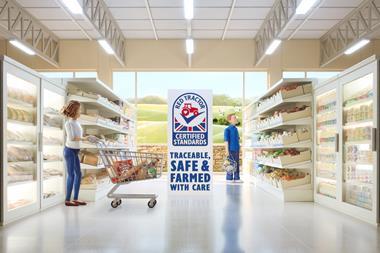

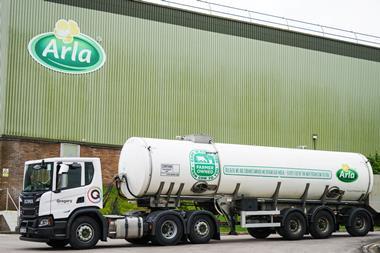
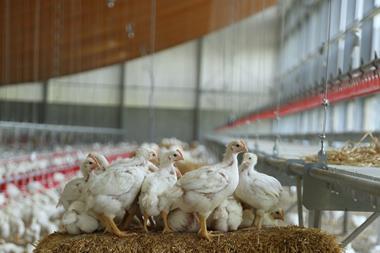
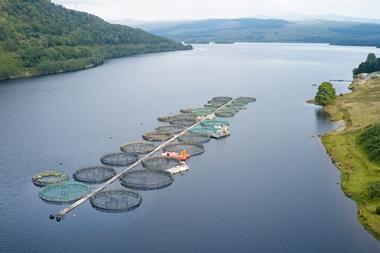
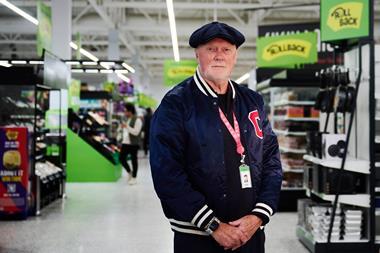



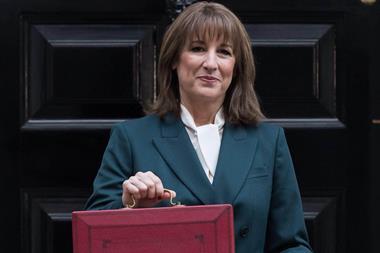
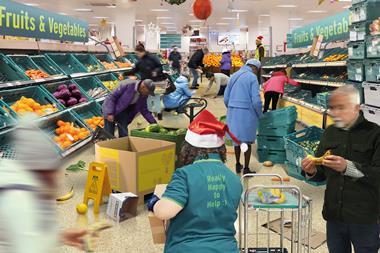
No comments yet